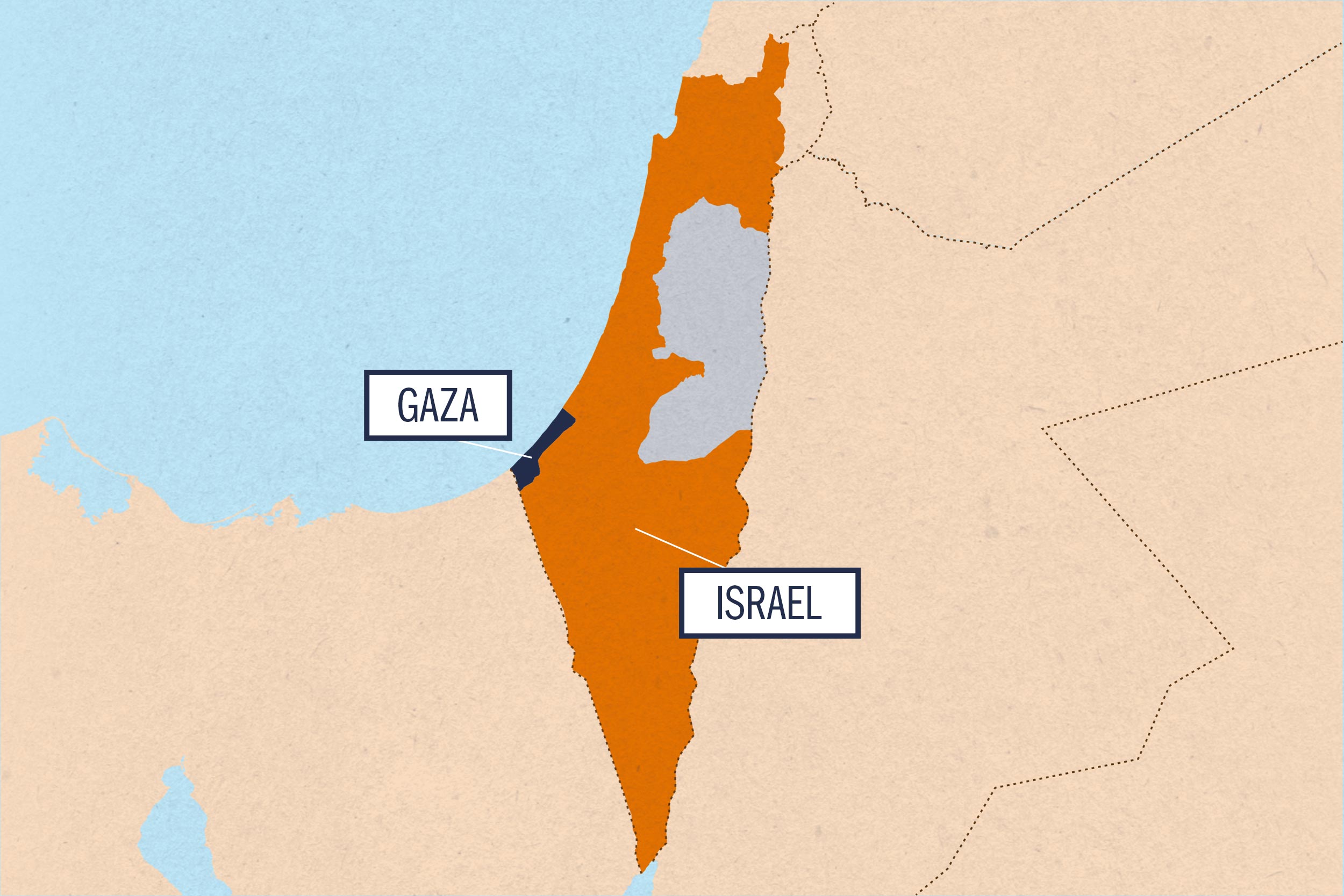After nearly two years of war, Israel and Hamas executed a U.S.-brokered ceasefire in Gaza, with President Donald Trump announcing the deal as displaced Palestinian residents began returning to the war-ravaged region of the Middle East.
To better understand the agreement and the chance for peace, UVA Today reached out to foreign affairs expert Stephen D. Mull, the University of Virginia’s vice provost for global affairs and a longtime U.S. Foreign Service officer.

Stephen D. Mull is the University of Virginia’s vice provost for global affairs and a longtime U.S. Foreign Service officer. (University Communications photo)
Q. The war in Gaza has been going on for two years, with two previous ceasefires lasting only a month or so. What is different this time?
A. Several key factors aligned to make the current ceasefire possible. Fatigue on all sides, a growing international consensus to put pressure on Israel and Hamas to settle, mounting Palestinian anger at Hamas, the recent diminution of Iran’s influence in the region, and rising domestic political pressure on the Netanyahu government certainly all played a role.
The Trump administration deserves significant credit for developing a comprehensive, 20-point peace plan with key regional powers such as Turkey, Egypt and Qatar and winning broad international support for it over the past month. The plan set the stage for the ceasefire by calling for an Israeli commitment not to occupy or annex any part of Gaza or forcibly remove any resident of Gaza who wishes to remain there, and pledging the international community to the redevelopment of the enclave for the exclusive benefit of Gazans.
Q. What are the key points in the ceasefire?
A. Following Hamas’s and Israel’s political agreement on the first steps of the plan last week, the two sides immediately ceased offensive operations, and Israel withdrew its forces behind agreed lines and pledged not to interfere with the repopulation of the territory it had previously occupied.
Hamas then pledged to follow with the release of the 20 remaining living hostages it was still holding, and as many of the remains of the deceased hostages as it could locate, within 72 hours. Once the hostages were released, Israel agreed to free 250 Palestinians who had been serving life sentences for terrorism-related charges; 1,700 Gazans who had been in detention, including all women and children; and the remains of 15 Palestinians in exchange for the remains of each Israeli hostage that Hamas returns.
Simultaneously, Israel agreed to allow resumption of humanitarian aid to Gaza, and supplies were reportedly flowing in again as of Monday. Israel also agreed to provide an amnesty to all Hamas members who commit to peaceful coexistence with Israel and surrender their weapons, and to otherwise permit the safe passage of Hamas members out of Gaza to third countries.
Q. What happens next in the peace process?
A. Israel still occupies about 53% of Gaza since its withdrawal. The Trump administration’s plan envisions further phased Israeli withdrawals, first to 40% and later to 15% of Gaza’s territory, culminating in an Israeli-enforced security perimeter around the enclave until it is no longer deemed a security threat. The pace of subsequent withdrawals will depend on progress on the demilitarization of Gaza, as determined by consultations the United States will facilitate with Israel and the guarantors of the deal, including Turkey, Qatar and Egypt.











